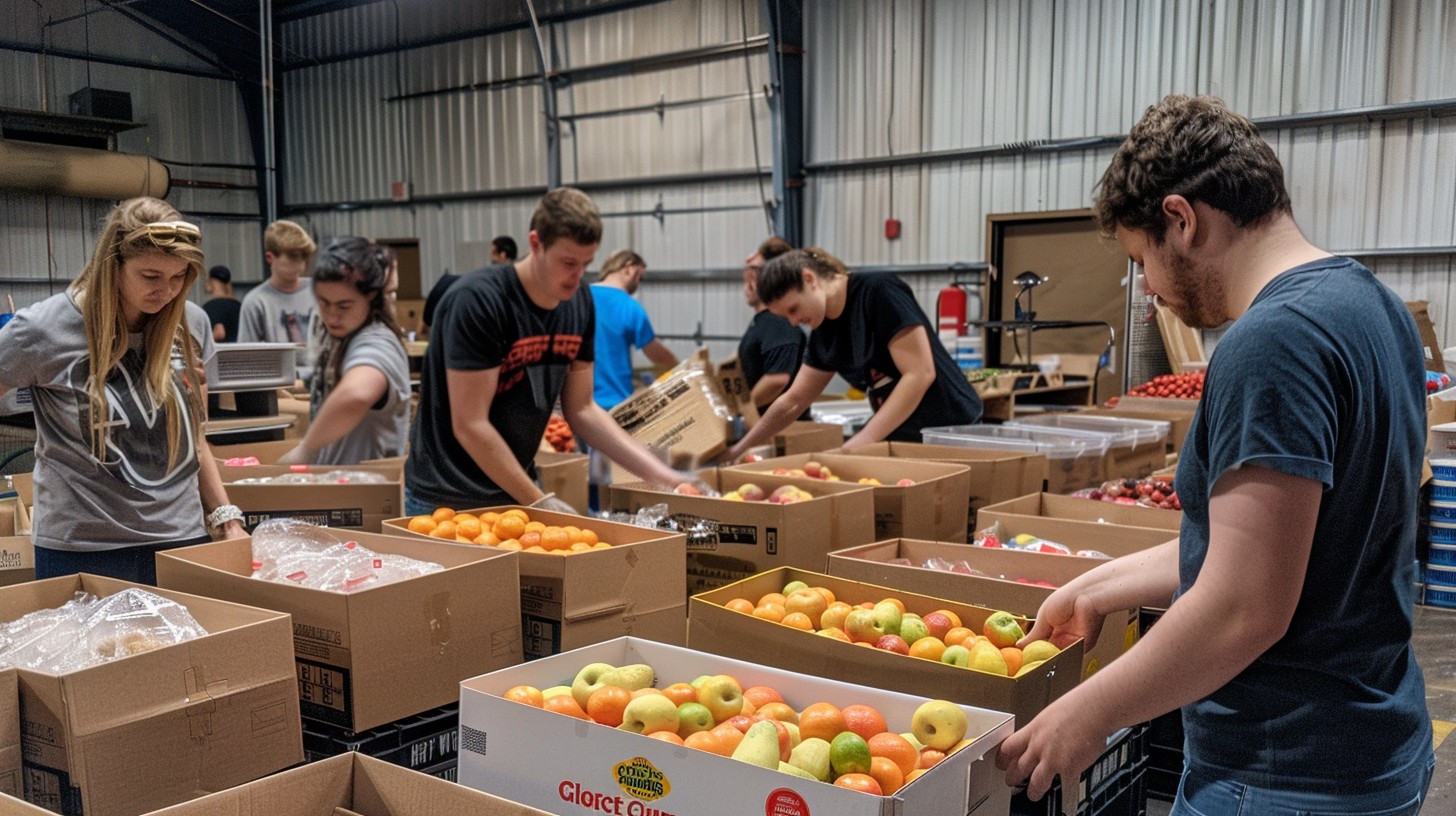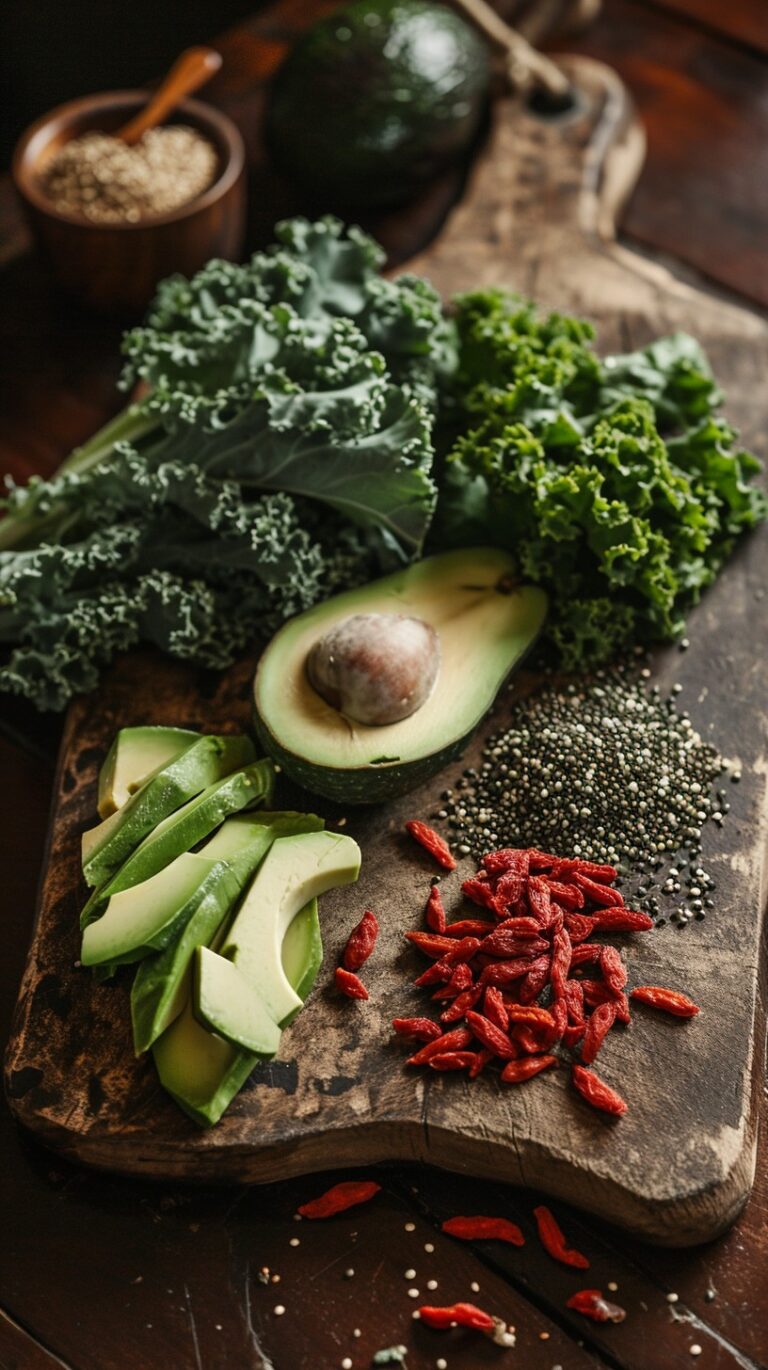Food Packing for Delivery: The Ultimate Guide for Success

In today’s fast-paced world, food delivery has become an integral part of daily life. With the rise of online food packing ordering platforms, the demand for efficient and reliable food packing for delivery has skyrocketed. Proper food packing is not just about aesthetics; it’s about ensuring that the food arrives fresh, safe, and appealing to the customer. This comprehensive guide delves into the essential aspects of food packing for delivery, providing you with everything you need to know to master this critical component of your food delivery service.
Understanding the Importance of Proper Food Packing
Food packing for delivery is more than just placing food into containers. It involves careful consideration of various factors to ensure that the food retains its quality from the kitchen to the customer’s doorstep. Proper food packing helps to maintain temperature, prevent contamination, and ensure that the food looks as good as it tastes upon arrival.
Key Benefits of Proper Food Packing
- Maintaining Food Temperature: One of the most critical aspects of food packing is temperature control. Hot foods must remain hot, and cold foods must remain cold. Insulated packaging, such as thermal bags and containers, plays a vital role in maintaining the desired temperature of the food during transit.
- Preventing Contamination: Food safety is paramount. Properly sealed containers prevent the entry of contaminants, such as dust, bacteria, and other external elements, ensuring that the food is safe to consume.
- Preserving Food Quality: Well-packed food retains its texture, flavor, and appearance. This is especially important for delicate dishes, such as sushi or pastries, which can easily be damaged during transit.
- Enhancing Customer Satisfaction: When customers receive their food in excellent condition, it enhances their overall experience, leading to repeat business and positive reviews.
Essential Elements of Effective Food Packing
To achieve the best results in food packing for delivery, several elements must be carefully considered. These include the choice of packaging materials, the method of packing, and the specific needs of the food being delivered.
Choosing the Right Packaging Materials
The selection of packaging materials is crucial to the success of food delivery. The materials used should not only protect the food but also be environmentally friendly and cost-effective. Here are some of the most popular packaging materials used in the industry:
- Biodegradable Containers: These are made from natural materials, such as cornstarch, and are an excellent choice for environmentally conscious businesses. They are compostable and break down naturally, reducing the environmental impact of your delivery service.
- Plastic Containers: Durable and versatile, plastic containers are a common choice for food delivery. They are available in various sizes and shapes, making them suitable for a wide range of dishes. However, it’s essential to choose high-quality, BPA-free plastic to ensure food safety.
- Foil Containers: Ideal for hot foods, foil containers are excellent at retaining heat. They are also lightweight and easy to seal, making them a popular choice for takeout and delivery.
- Paper Bags and Wrapping: For items like sandwiches and pastries, paper bags and wrapping provide a breathable option that helps maintain the food’s texture. Kraft paper is a common choice due to its durability and recyclability.
Proper Packing Techniques
Once the appropriate materials have been selected, the next step is to pack the food correctly. Proper packing techniques help to prevent spillage, maintain food quality, and ensure that the food arrives in perfect condition.
- Separating Hot and Cold Foods: It’s essential to pack hot and cold foods separately to maintain their respective temperatures. This prevents the food from becoming soggy or losing its freshness.
- Using Dividers: For dishes with multiple components, such as bento boxes or combo meals, dividers can be used to keep different food items separate. This prevents flavors from mixing and maintains the integrity of each component.
- Sealing Containers Properly: Ensure that all containers are sealed tightly to prevent leaks. For liquid items, such as soups or sauces, use containers with secure lids that lock in place.
- Labeling Packages: Clearly label each package with the contents and any special instructions, such as “keep upright” or “fragile.” This helps delivery personnel handle the food with care and ensures that customers receive the correct order.
Sustainable Food Packing Solutions
In addition to providing high-quality food packing, it’s important to consider the environmental impact of your packaging choices. Sustainable food packing solutions are not only better for the planet but also appeal to eco-conscious consumers.
Eco-Friendly Packaging Options
- Compostable Containers: These containers are made from renewable resources and break down naturally in composting facilities. They are an excellent alternative to traditional plastic containers and help reduce waste.
- Reusable Packaging: Some businesses are exploring the use of reusable packaging, such as glass jars or metal containers, which customers can return for a discount on their next order. This reduces the need for single-use packaging and promotes sustainability.
- Minimalist Packaging: Reducing the amount of packaging used is another effective way to minimize environmental impact. This can be achieved by using smaller containers, eliminating unnecessary wrapping, and choosing packaging materials that serve multiple purposes.
Educating Customers on Sustainability
Educating your customers about the importance of sustainability and how they can contribute can go a long way in promoting eco-friendly practices. Consider including information about your packaging choices and recycling options on your website or in your delivery packaging.
Best Practices for Food Packing for Delivery
To ensure the highest standards of food packing for delivery, it’s essential to follow best practices that address both the practical and aesthetic aspects of food delivery.
Staff Training
Your staff plays a crucial role in the food packing process. Providing comprehensive training on proper packing techniques, handling of food, and the importance of food safety is essential. This ensures consistency in the quality of your delivery service.
Quality Control
Implementing a quality control process helps to identify any issues with food packing before the food leaves the kitchen. Regularly check that packaging materials are in good condition, containers are sealed correctly, and food is packed according to the required standards.
Customer Feedback
Listening to customer feedback is invaluable in improving your food packing process. Encourage customers to share their experiences, and use their insights to make any necessary adjustments to your packing methods.
Conclusion
Mastering the art of food packing for delivery is essential for any business in the food delivery industry. By choosing the right packaging materials, implementing proper packing techniques, and embracing sustainable practices, you can ensure that your food arrives fresh, safe, and appealing to your customers. Investing in high-quality food packing not only enhances customer satisfaction but also sets your business apart from the competition.





